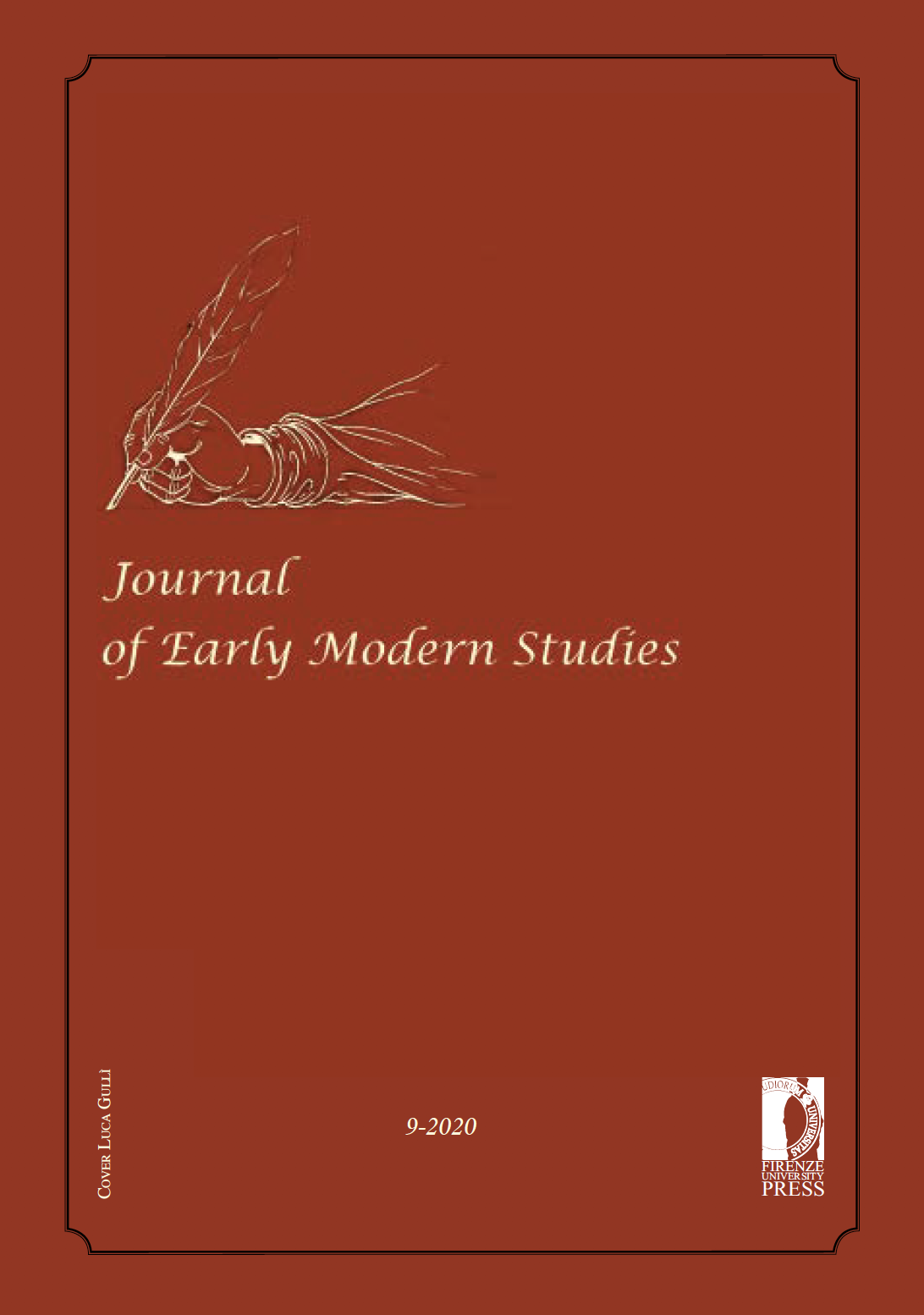Published 2020-03-07
Keywords
- Apotropaic Graffiti,
- Eighteenth-Century Graffiti,
- Ludwigsburg Residential Palace,
- Remembrance Culture,
- Traces
How to Cite
Abstract
Ludwigsburg Palace, built in 1704-1733 by Duke Eberhard Ludwig of Württemberg, is one of the great baroque residences of Germany. While a lot of palaces were destroyed during World War II, Ludwigsburg was hardly damaged; therefore, its original surfaces are still to be seen. In the eighteenth century, craftsmen used the walls in the shell to leave graffiti, they made jokes about other people, but they also used the walls instead of paper for drawings or calculations. These graffiti are a historical source which illustrates the building of the palace. When the palace was finished, most of these graffiti remained hidden behind paint and tapestries; but people still left their traces: inhabitants, staff, guards, visitors, tourists, travellers, lovers have left their mark on the palace walls, doors or windows. Names, figures, sayings, drawings and cartoons can be found ranging from incised monograms to hooks, over a period from 1704 until today. In addition to this historical source, under the wood floor panels, legacies of the inhabitants like letters, bills, clothing, shoes, ceramics and utensils were found. Thus, the walls and floors of the building become a living history book, a huge stone calendar, which has lasted up to the present and is still ongoing.


